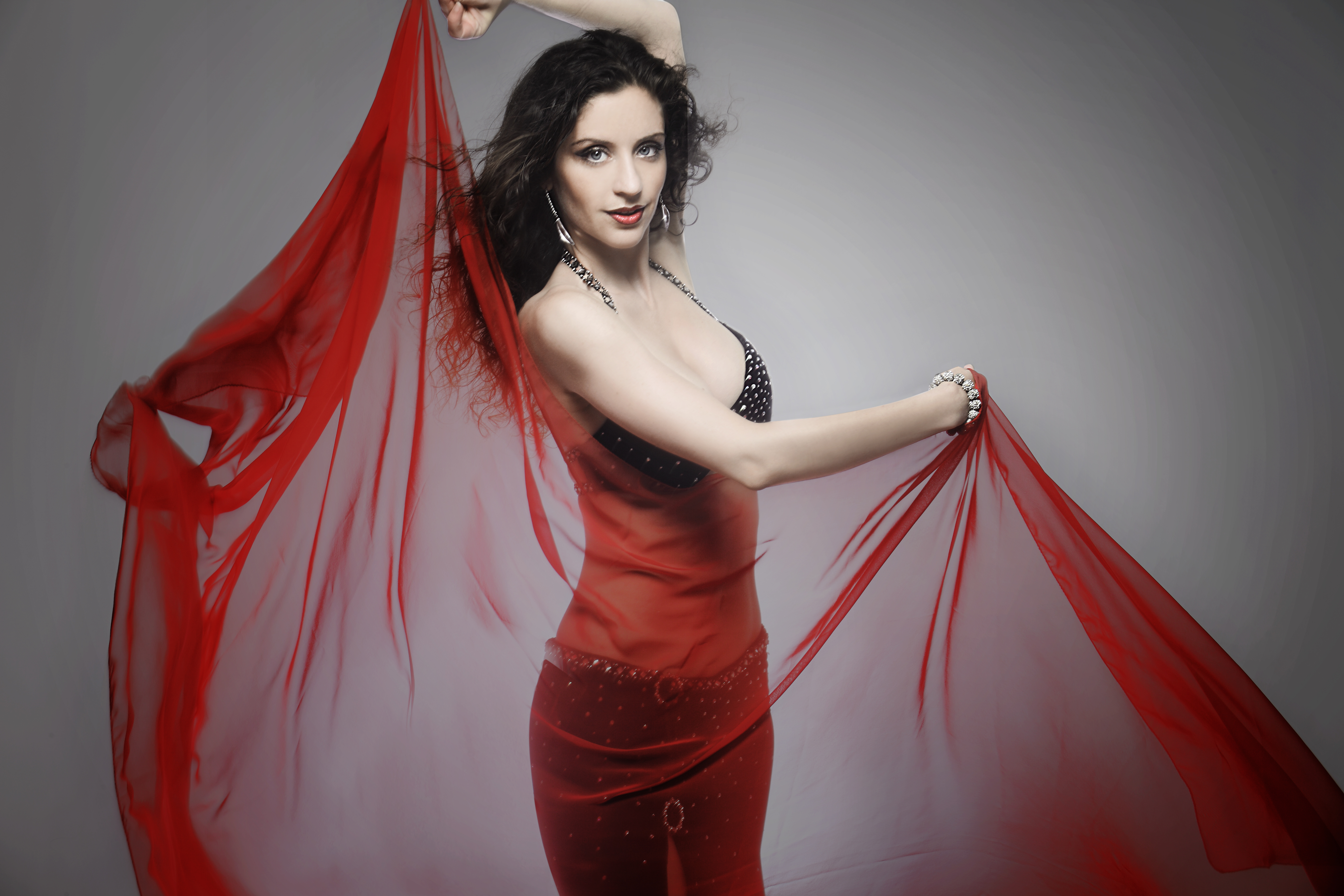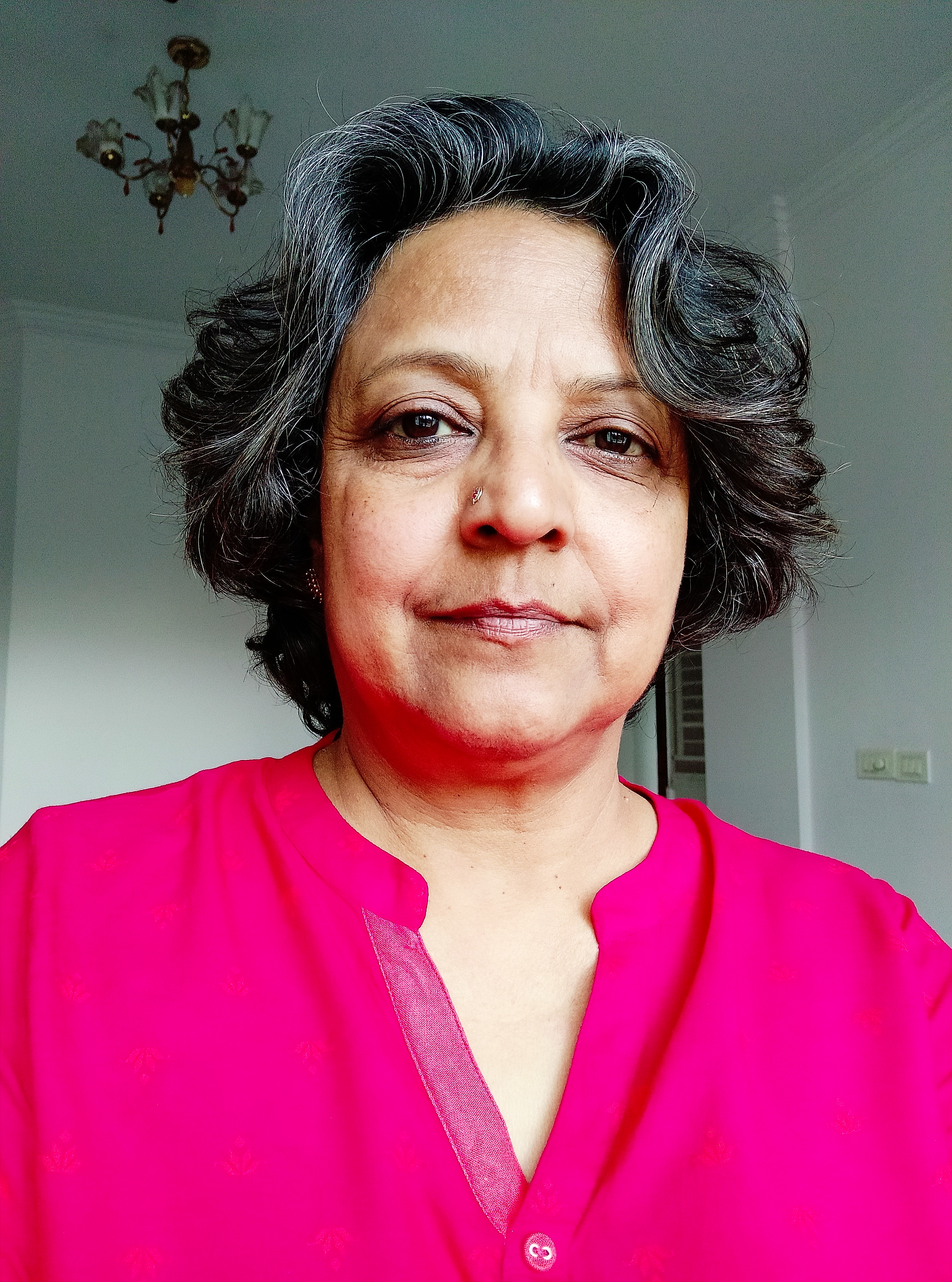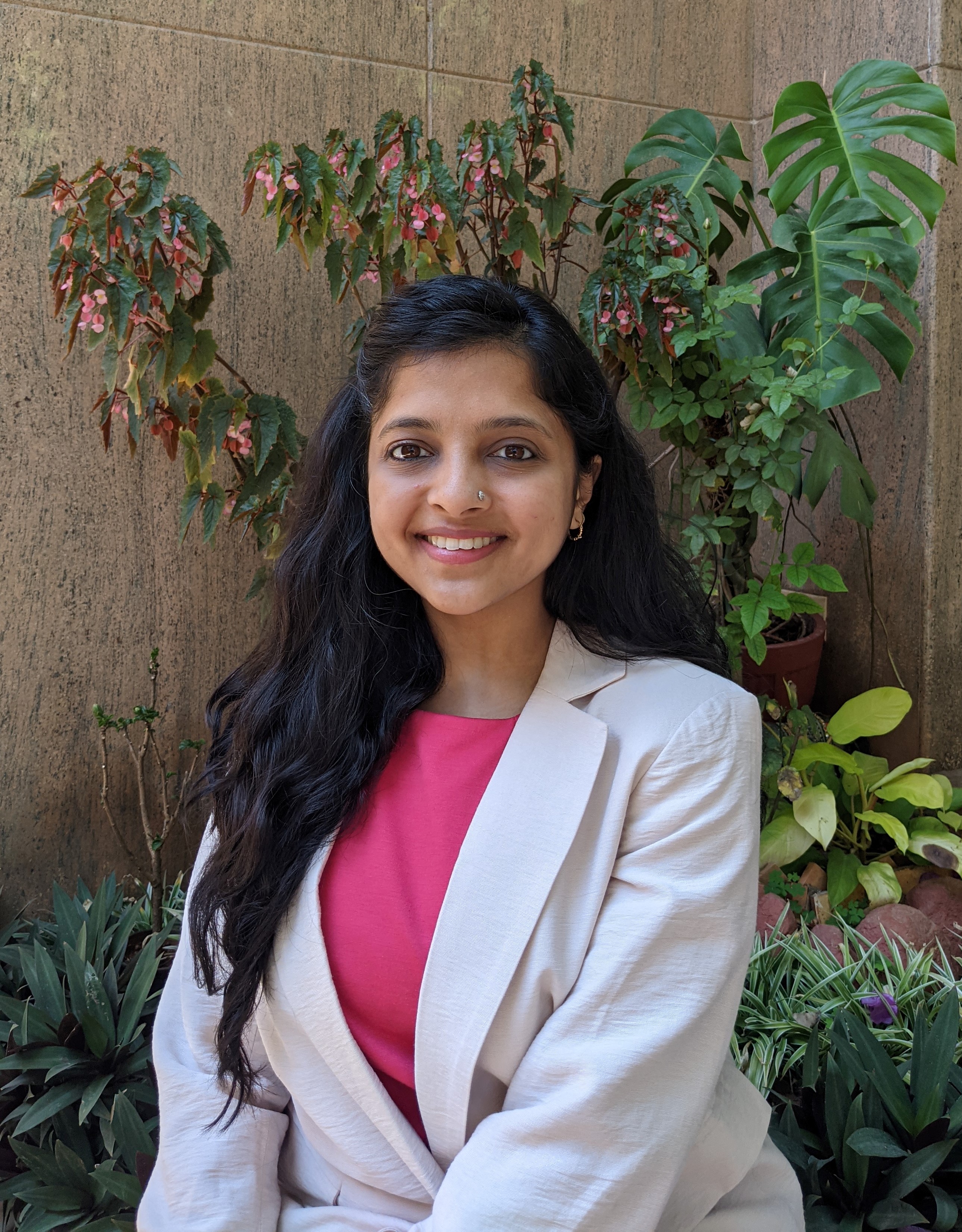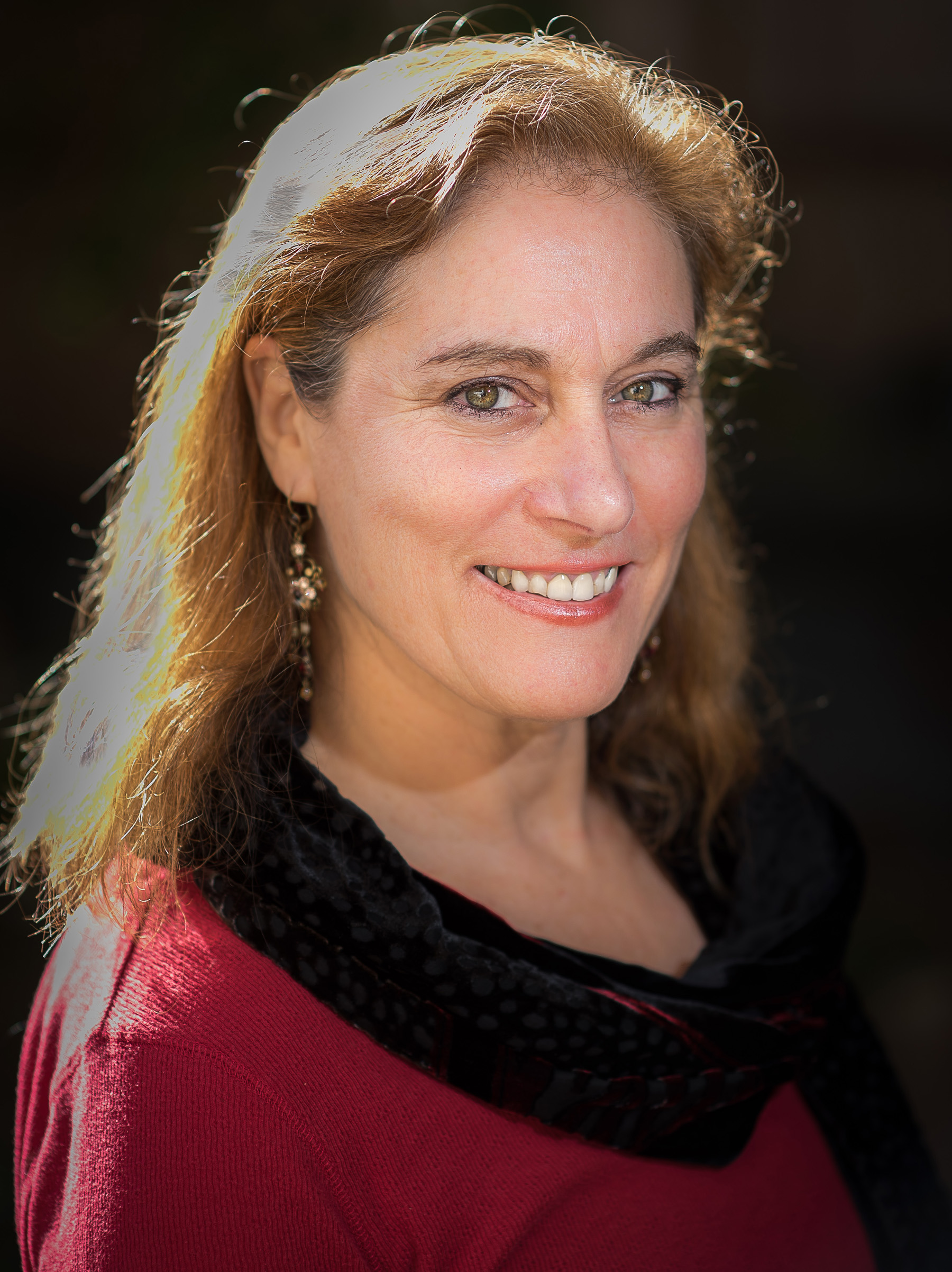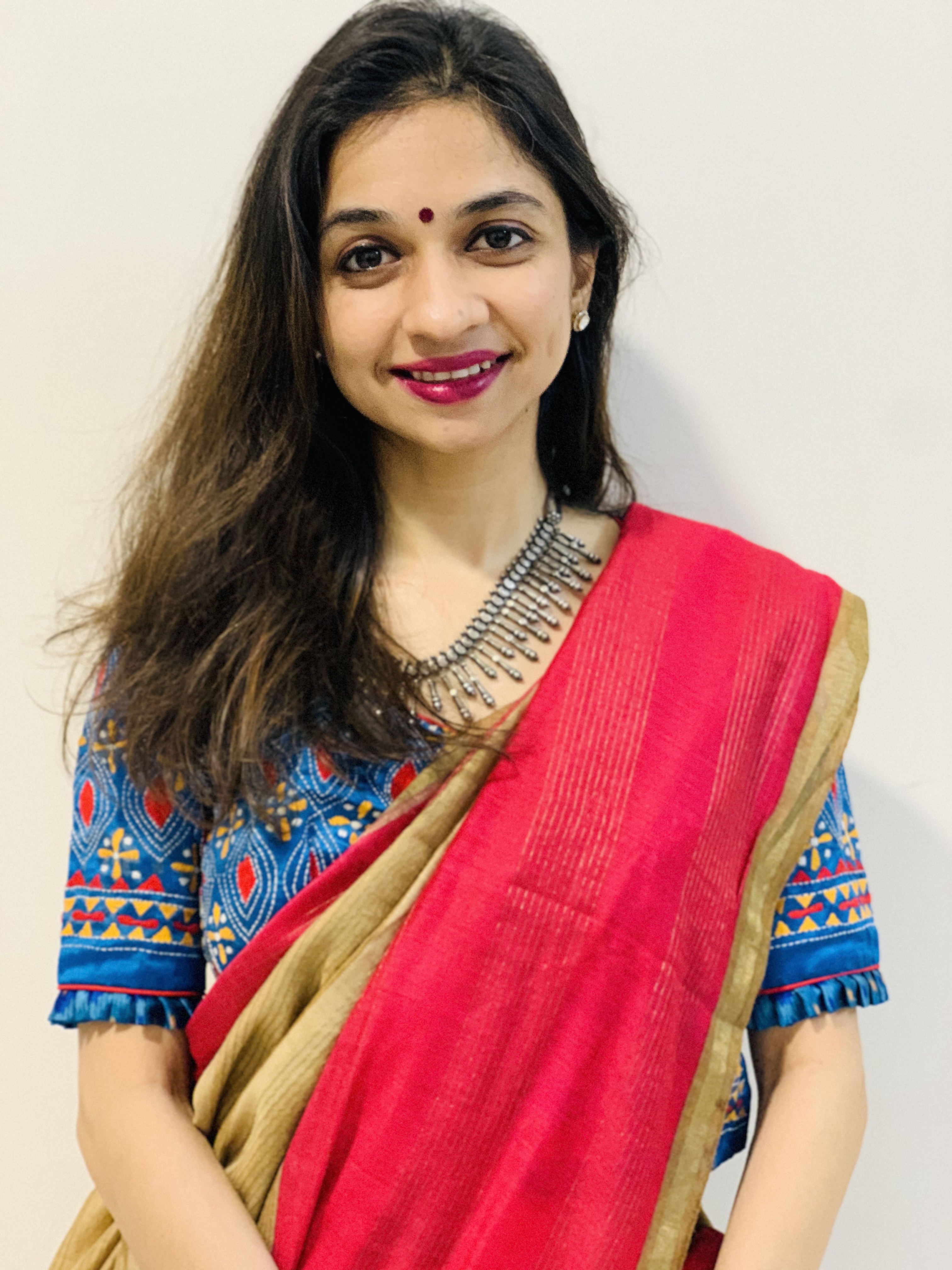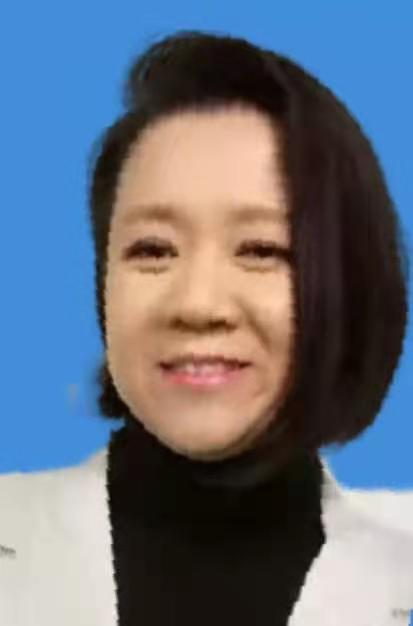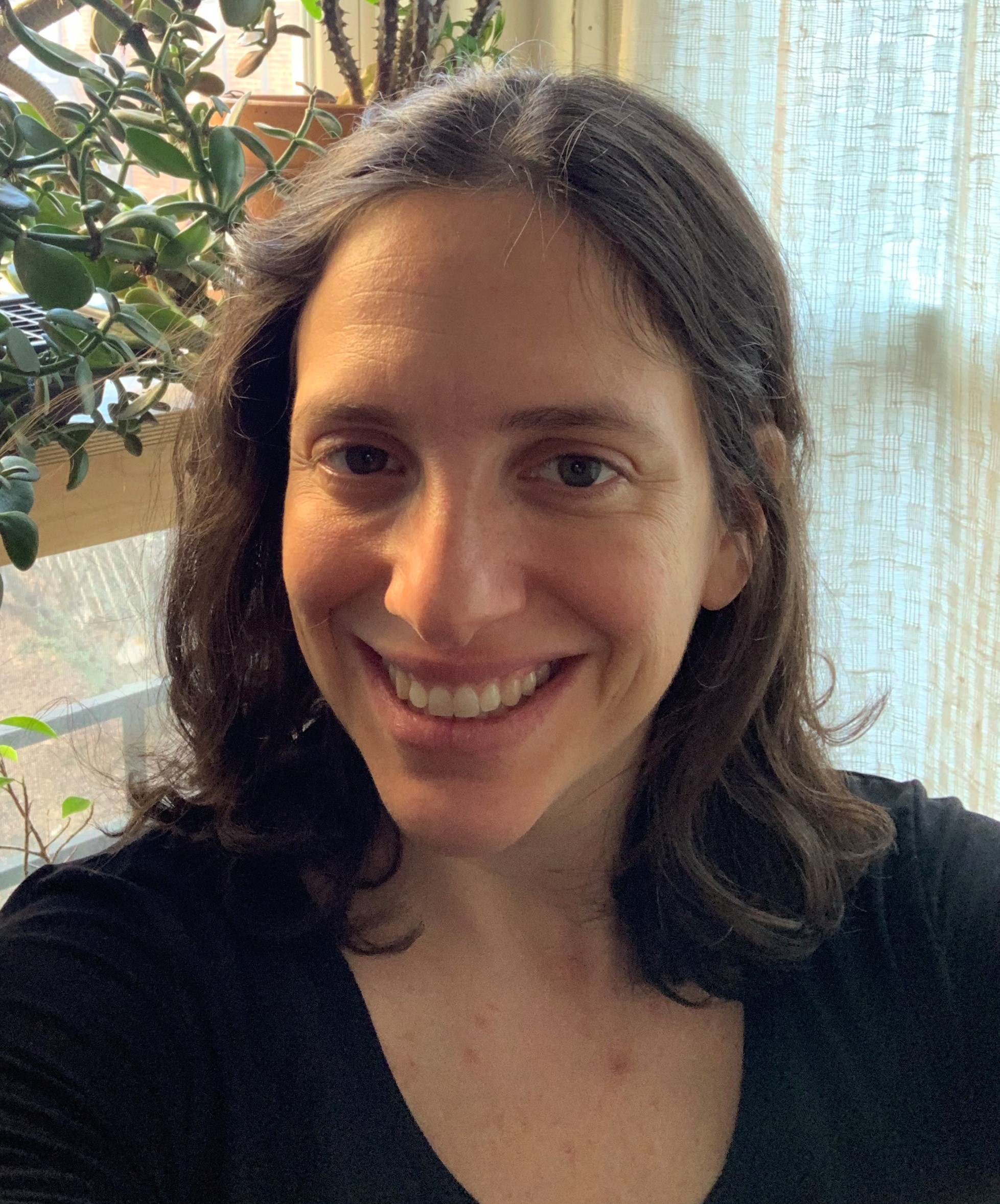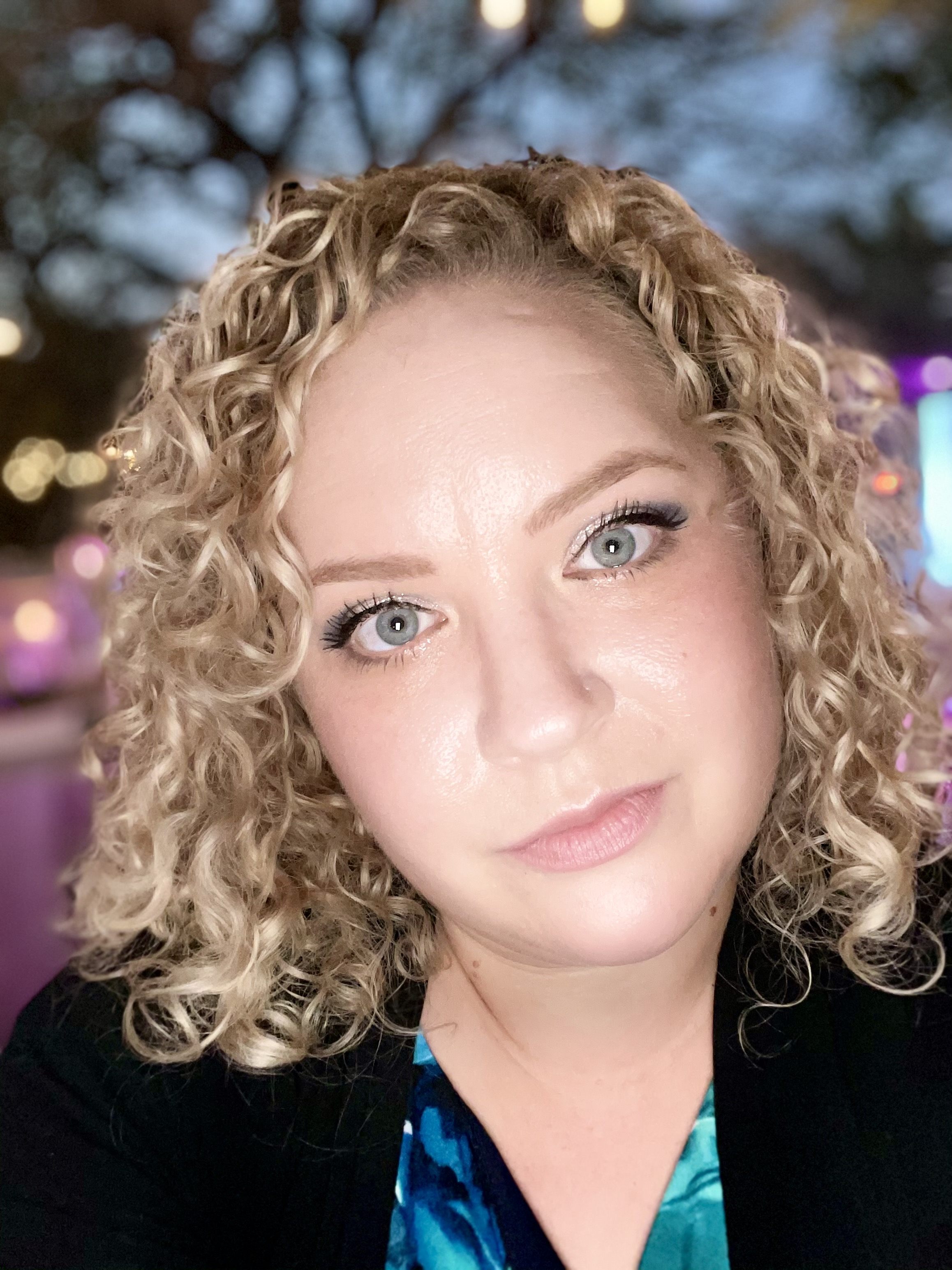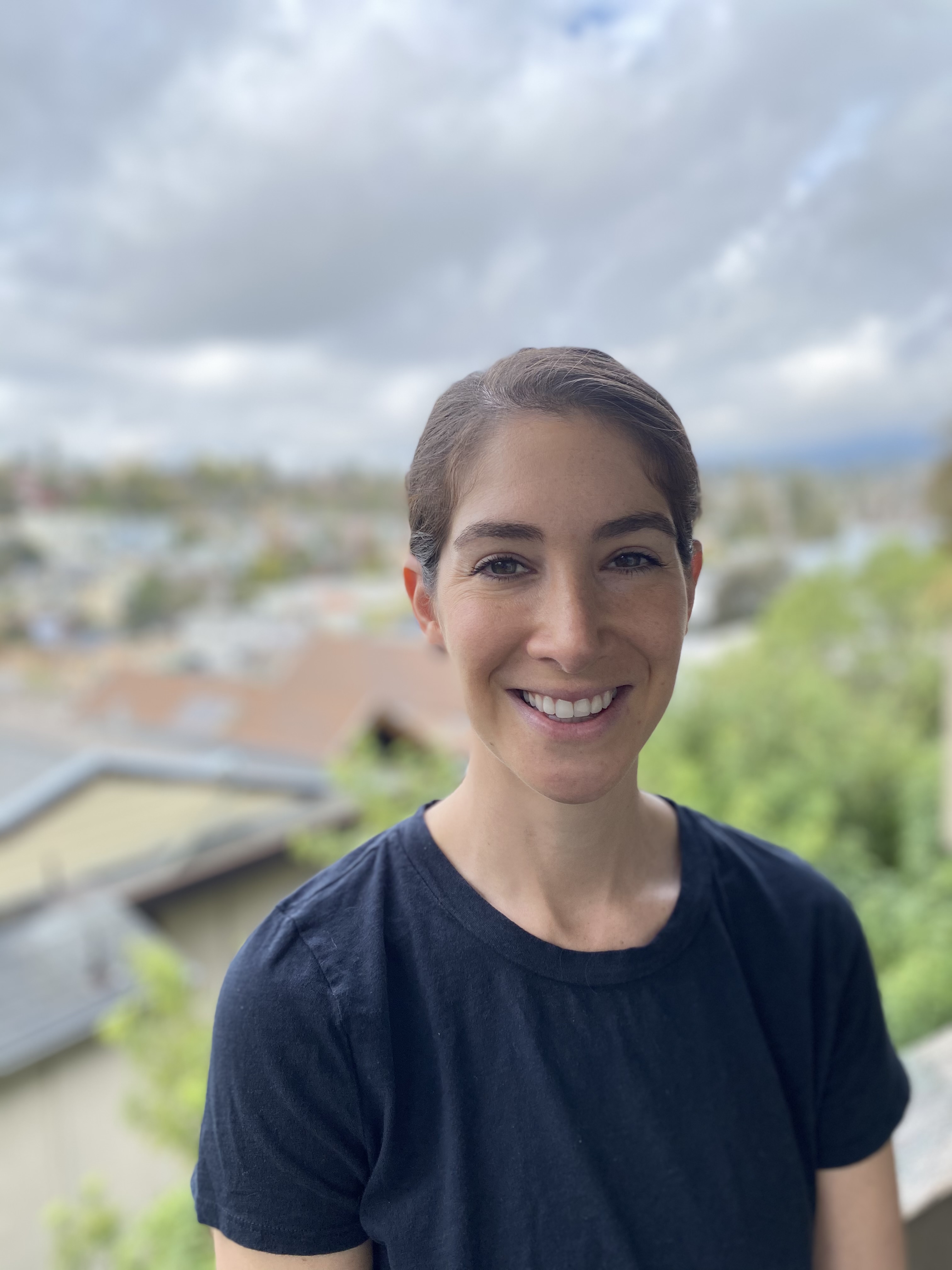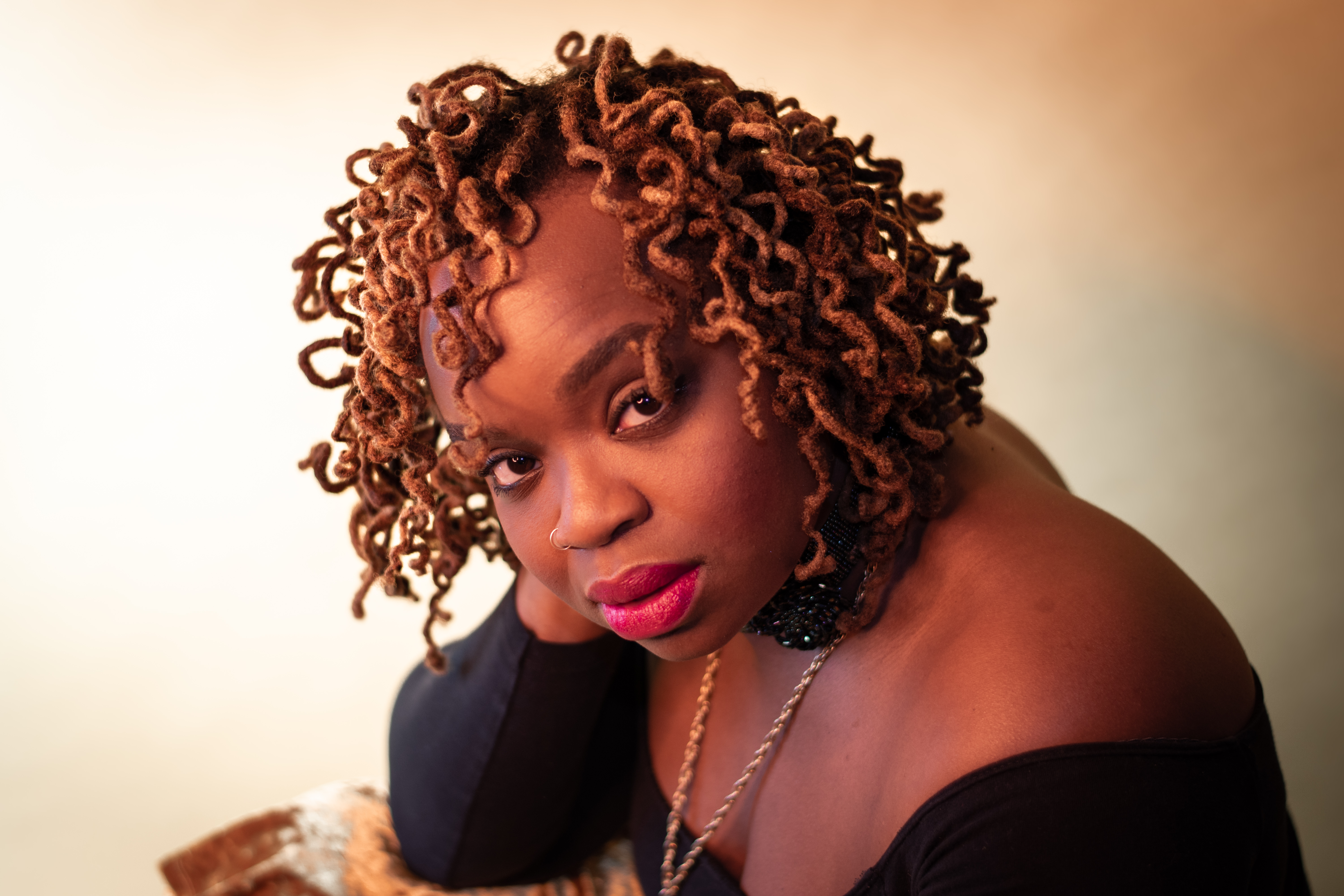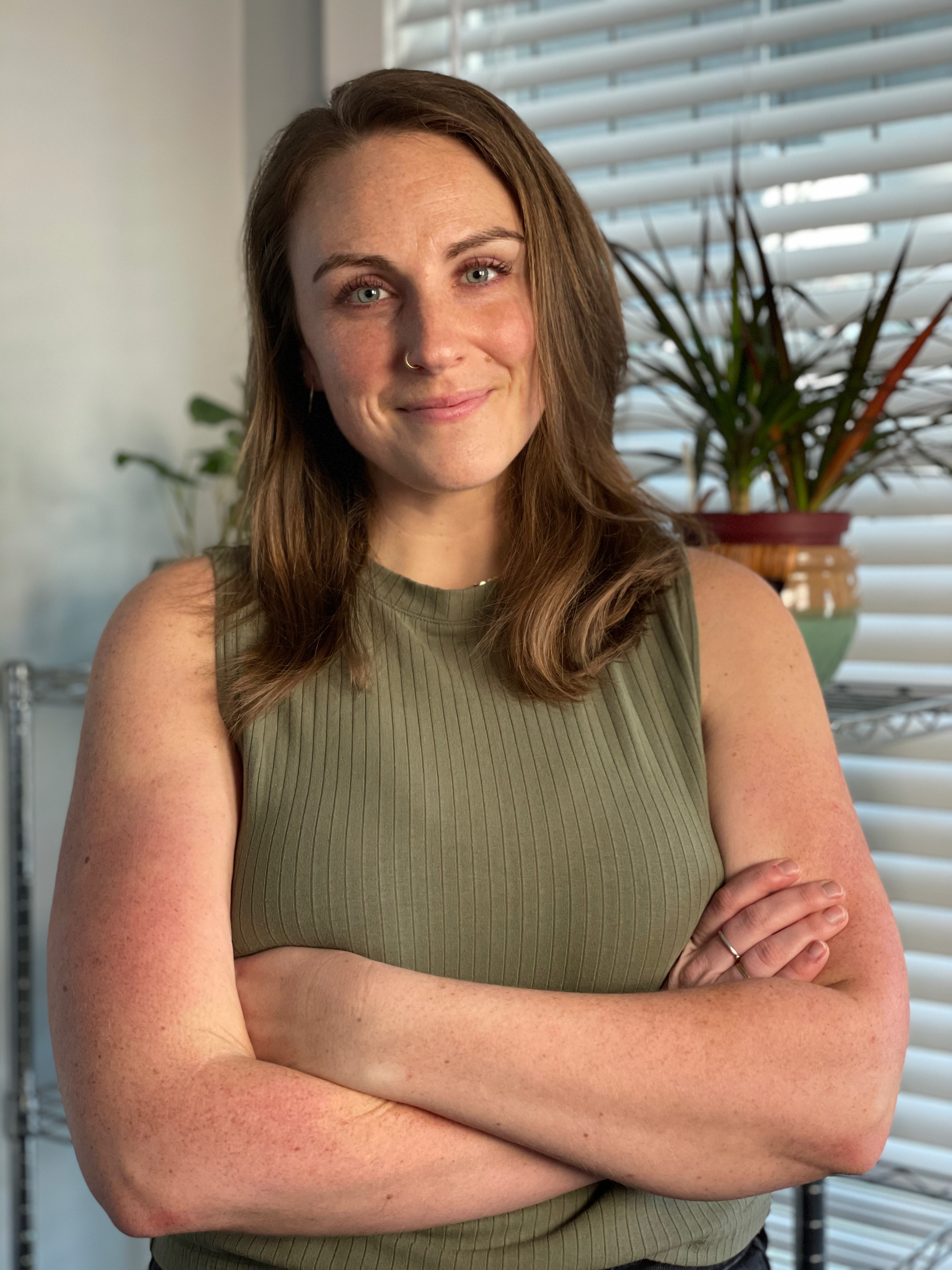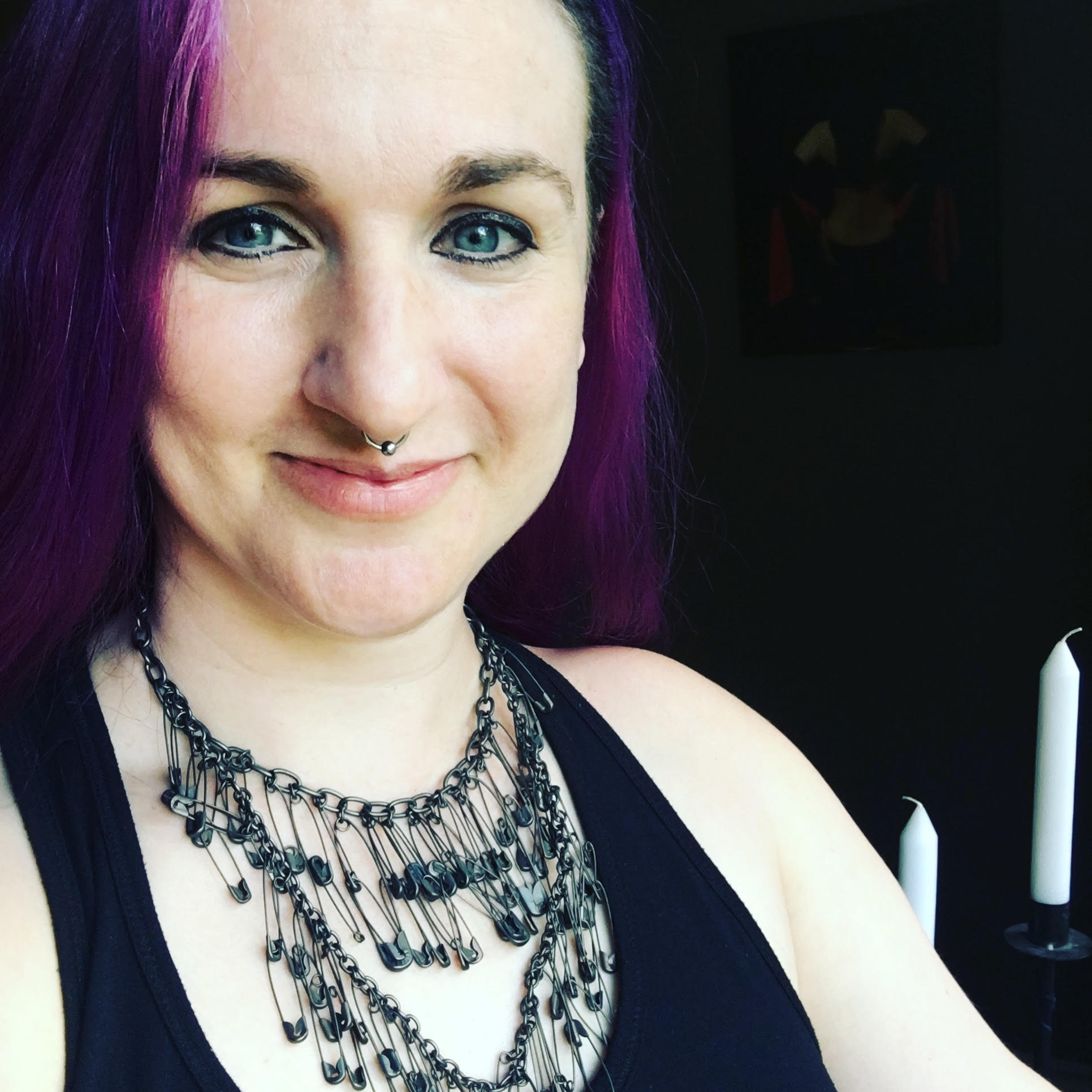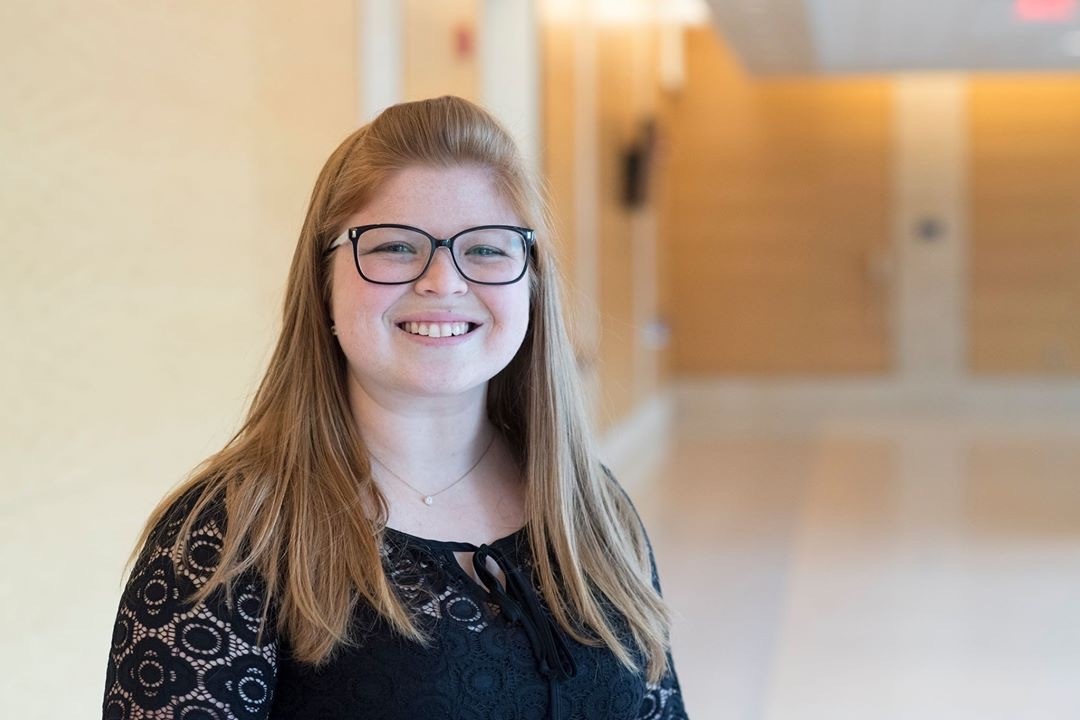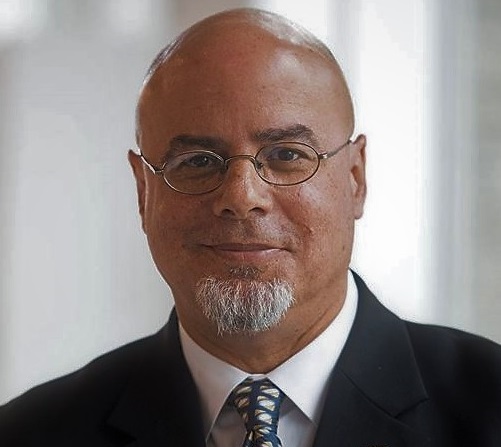|
Becoming Unveiled: The Healing Movements of Oriental Belly DanceOriental belly dance has a fascinating history that includes blending and diverging cultural influences. There are many misconceptions about this dance form, which seem to parallel some of the struggles females face today. Research (Eish-Baltaoglu, 2020; Leseho, & Maxwell, 2010; Moe, 2014) demonstrates how this dance encourages the dancer to accept and embrace their body; cultivate their inner strength, physically and socially; and be present in the moment. An inquiry underlying this presentation is: If we begin to examine healing elements of movement in this dance form, can we identify specific movements and movement qualities we can use in therapy? I chose three movement rhythms central to this ancient dance form, to help women who have experienced trauma understand and connect to their emotions, and move toward healing. Conference members will be guided through a movement exploration utilizing key movement rhythms including fluid figure eights, staccato pops and locks, and vibratory shimmies. The aforementioned research demonstrated that fluid figure eights possess a soothing quality and encourage personal understanding and self-exploration. Staccato pops and locks help the dancers explore space and reclaim their bodies as their own, and vibratory shimmies helped “shake loose” areas they felt stuck mentally, emotionally, and/or physically. Shimmies also helped reduce unwanted self-imposed limitations and shaming tendencies. Some other elements of this healing and historical dance that may be worth further exploration include the focus on the navel area, fluid movements between body parts, and a sense of connection during polymovement. These more complex movements will be demonstrated and participants will have a chance to explore them as we open our awareness to potential applications of this complex dance within our complex field of human mental health. Oriental belly dance has a fascinating past, and it may have an exciting and powerful future in Dance/Movement Therapy. Learning Objectives
Continuing Education 1.25 ADTA, NBCC CEs Presenter Buddhist Psychology intersects with Dance Movement Therapy(Focus on Brahmaviharas- Metta, Karuna, Mudita, Upekkha)The pandemic has helped us realize the importance of mental health and well-being and turned the lens inwards. In times of such crisis, Buddhist psychology, combined with Dance Movement Therapy offers a large repertoire of healing practices and movement rituals that goes beyond meditation. Brahmaviharas, or “sublime attitudes,” are the Buddha’s primary heart teachings, the ones that connect most directly with our desire for true peace and happiness. The term “brahma-vihara” literally means “dwelling place of brahmas (the divine).” The following virtues are considered to be antidotes that counter the three negative qualities - greed, hatred, and delusion: • Loving kindness (Metta) Dance Movement Therapy offers a hands-on approach that facilitates mindful movement, which is embedded in the contemplative engagement practices in Buddhism. The facilitators have extrapolated certain concepts from Buddhist Psychology and interwoven them to formulate a holistic movement therapy model. The session offers select movement experiences which have been inspired by Buddhist principles to enhance one’s internal awareness while strengthening the mind-body synchronicity. Movement improvisation will be used as a tool to release stress and bring out different movement qualities to internalize the brahma viharas. Movement metaphors that symbolize and express resilience will be explored alongside the use of movement props, body shapes and sculpture work to relate Buddhist concepts to our lives, personality traits, relationships and personal stories. Gratitude rituals will use traditional mudras from Indian classical dance to strengthen and embody the Buddha nature within us which encourages us to be our authentic selves with others. Movement activities done individually, in pairs, triads or quartets have been creatively adapted to the online portal. Participants can later regularly practice movement mediation offered in the session and integrate them into their daily life routine. Learning Objectives
Continuing Education 1.5 ADTA, NBCC CES Presenter
Tripura Kashyap, pioneered Movement Therapy in India in 1990 and co-founded the Creative Movement Therapy Association of India (CMTAI) in 2014 and teaches on the courses by CMTAI. She trained at the Hancock Centre for Dance/movement therapy (USA) and obtained an M.A. in Psychology. She has worked as a Movement therapist at Half-way homes, Special schools, Treatment and Rehabilitation centres as well as with individual clients. Connecting with the healing elements of Indian Classical Dances: Kathak and Bharatanatyam in Dance/Movement TherapyMovement is the most basic form of communication for every human being on the planet. It expresses the people, the culture, the place they come from: a moving record of our human existence. Traditionally, the Indian Classical Dances were always considered to be a form of entertainment because dance is a means of artistic expression which involves discipline, stamina, technique, and creativity (Rounds, 2016). However, these dances are also a mirror of traditions and ancient healing practices in India. In ancient times, people socially engaged by witnessing and expressing unique stories through non-verbal movement, gesture and rhythm. These practices continue to inculcate an understanding and attunement of emotions within Indian communities even today. Kathak and Bharatanatyam, two of the eight Indian classical dance forms, combine body movements, hand gestures and facial expressions. The body is believed to be a powerful tool for communication, and these dances involve the use of even the most minor parts of the body such as the eyebrows. Even in today’s modern society, the Indian Classical Dances have managed to retain their unique traditions and have evolved as a psycho-physical system of the human body through the use of hand gestures, facial expressions, body movements and rhythms (Sarkar, 2015). The mind-body interconnection is at the heart of Indian Classical Dances similar to DMT. Both DMT and Indian Classical Dances work on enhancing this connection between the mind and body with a focus on the holistic well-being of an individual. For example, Tatkar/footwork in Kathak performed at various rhythms and patterns by stamping of the feet can help to improve movement sequential skills, offers a sense of feeling grounded and strengthens the bodymind connection (Kashyap, 2005). This seminar will offer an embodied perspective on more such connections between the healing elements of Kathak, Bharatanatyam and DMT practices. Learning Objectives
Continuing Education 1.5 ADTA, NBCC CEs Presenters Ruta Pai, holds a Masters degree in Clinical Psychology (India) and Masters degree in Clinical Mental Health Counseling with specialization in Dance/Movement Therapy from Lesley University, MA. In her clinical work experiences, she has worked with a culturally diverse population including children, adults and older adults with a range of psychiatric diagnoses and has offered effective interventions and counseling services. She has a passion for elderly living with various forms of Dementia and loves to enrich their lives by providing diverse and stimulating movement-based programs. Sanjini Kedia, is a researcher, a Kathak dancer and a Dance/Movement Psychotherapist, who graduated with Distinction from the University of Roehampton, London. Sanjini has experience of working with children with special needs, adults with PMLD, mental health conditions within the NHS and remote work with people from the BAME community. Sanjini is currently based in India where she is working with Dance for Mental Health, Parivarthan Counselling Centre and Think Freely now.She follows an intersectional, feminist and person-centered approach to her practice. She has also worked as a Therapeutic Movement Facilitator in remand homes, various schools for children with special needs and their mothers in India. Sanjini is passionate about the provision of mental health and the arts therapies. Through her research Sanjini aims to investigate how DMP could help men express their embodied affective experiences outside the patriarchal/stereotypical norms. Creating Community in A Time of Isolation with Mettler-Based Creative Dance Creative dance can unify a group like no other activity can. This workshop demonstrates how dancing online with the spirit and principles of Mettler-based dance improvisation during the Coronavirus pandemic created an engaged, diverse, and connected community of Creative Dance practitioners from all over the world. To offer support to its members during the isolation and economic impact of the pandemic, the International Association for Creative Dance (IACD) initiated free, volunteer-taught Saturday online dance sessions, starting in April 2020. Following an enthusiastic response, the sessions were opened to anyone with Mettler-based dance experience and anyone else who wanted to join. The vibrant community that sprang up continues to grow and generate other Creative Dance initiatives to address people’s needs. Testimonials on the benefits people gain from dancing and being a part of this dance community, will be shared. The unique principles and structure of the Mettler approach adapt well to create connections and community in an online setting. Whether in person or online, the dancers relate to each other and to the group. Everyone can dance, regardless of age, gender, dance experience, or physical ability and shape. Each session develops in a progression: individual exploration of a theme, dancing in twos, then in small groups, ending in a whole group dance improvisation. To facilitate pure movement and deep attunement to each other, no music is used. At times, a rhythm emerges, enhancing the experience of dancing together. The presenter will share techniques and creative solutions geared to the challenges of dancing online, thereby utilizing the opportunity to reach people from all over the world. A video will demonstrate how these principles and methods were used in the online sessions. The workshop will end with guidance to help participants implement these principles and methods in their professional group work. Learning Objectives
Continuing Education 1.25 ADTA, NBCC, NYLCAT CEs Presenter
Yael Schweitzer, LCSW, BC-DMT, provides mindfulness-based therapy in her private practice in Portland, Oregon, and leads workshops worldwide on mindfulness and dance movement therapy. She has more than 40 years of therapeutic experience working with individuals, couples, and groups. Based on her deep experience with mindfulness and DMT, Yael has developed the Mindfulness-Based Dance Movement Therapy model (MB-DMT). Her approach integrates complementary strengths of four methods that Yael has taught for many years: Mindfulness-Based Stress Reduction, Interpersonal Mindfulness, Mettler-Based Creative Dance and Authentic Movement. Yael has presented on mindfulness, Creative Dance, and dance/movement therapy at international conferences for healthcare and other professionals. She has taught her unique MB-DMT approach in the US, China, Israel and Germany, leading workshops for therapists and the general public. Yael is a longtime member of the International Association for Creative Dance (IACD) and currently serves as president of its board of directors. Cultural Loss and Use of Traditional Folk Dance to Work With TraumaFor traditional cultures, the arts celebrated and oriented participants to the turn of the seasons, the planting seeds and gathering crops, and the ritualized emotions of weddings and life cycles. These forms and structures help individuals to express and contain emotions, understand their place in their worlds, and find harmony with others and with nature. Embedding traditional arts in culturally relevant therapeutic practices provides for catharsis, tangibility, stability, increases accessibility at a community level and works on expanding resources. Accessibility is a key issue in these underserved communities and using culturally significant rituals ensures acceptance and sustainability of DMT. Traditional dance forms can be used to build movement rituals that develop a sense of security, ground the individual in the here and now, promote resource development while addressing unproductive feelings and advancing a sense of community. It primes the community towards hope and helps cope with changing belief systems that are a result of their traumatic experience and encountering a different culture. The panel aims to highlight the potential of using traditional dance forms from India, China and Israel to not just bridge multicultural contexts but also the capacity to hold and transform the emotions which cause discomfort and depersonalization. The scope of integration of traditional forms in community based DMT settings to impact individual and community resilience, compassion fatigue and caregiver burnout will be offered. Learning Objectives
Continuing Education 1.5 ADTA, NBCC, NY LCAT CEs Presenters
Ilene A. Serlin Ph.D, BC-DMT, is a licensed psychologist and registered dance/movement therapist in practice in San Francisco and Marin county, teaching and training in the US and internationally. She is the past president of the San Francisco Psychological Association, a Fellow of the American Psychological Association, past president of the Division of Humanistic Psychology. Ilene Serlin is Associated Distinguished Professor of Psychology at the California Institute of Integral Studies, has taught at Saybrook University, Lesley University, UCLA, the NY Gestalt Institute and the C.G. Jung Institute in Zurich. She is the editor of Whole Person Healthcare (2007, 3 vol., Praeger), Integrative Care for the Traumatized (2019), over 100 chapters and articles on body, art and psychotherapy, and is on the editorial boards of PsycCritiques, the American Dance Therapy Journal, the Journal of Humanistic Psychology, Arts & Health: An International Journal of Research, Policy and Practice, Journal of Applied Arts and Health, and The Humanistic Psychologist. In 2019, she received the Rollo May award from APA’s Society for Humanistic Studies, and the California Psychological Association Distinguished Humanitarian Contribution award.
Devika Mehta Kadam, is a Dance Movement Psychotherapist (R-DMP) registered with Association of Dance Movement Psychotherapy, UK and Indian Association of Dance Movement Therapy (IADMT). She is the Program Head for the Post Graduate Diploma Program in Expressive Arts Therapy at St.Xavier’s College, Mumbai and faculty for Diploma courses in Dance Movement Therapy. She is the Co-Founder of ‘Synchrony’(www.synchronyindia.com) and is the Founding board member of the IADMT (www.iadmt.org). She is the Regional Director of South Asia for the International Association of Creative Arts Education and Training (www.iacaet.org). She has represented her work in India at International Conferences across USA and Europe. She has contributed to the article on Development of DMT in Asia. Her areas of interest are embodied indigenous knowledge, neuro-rehabilitation, and adolescents.
Grace Zhou (Ming Zhou), Registered Counselor in CPS (China Psychology Society), integrating Dance Movement therapy with Human existential approach in businesses, University counseling centers as well as in Clinical settings, focusing on personal and organizational goals with verbal and nonverbal skills and assessment tools. Experienced in working with varied populations of different age groups such as college students, senior citizens in communities, pastoral care workers, and professionals in businesses. Organized and designed creative treatment programs with evidence-based research in cross cultural settings. Created charity DMT workshops for NGOs, special schools and special community Set-ups. Discovering a Dance/Movement Therapists’ Role Working Within an Oppressive and Racist Legal SystemWith the steady rise of the forensic population in the United States, dance/movement therapists have stepped in to balance the broken system of incarceration. A large percentage of those incarcerated suffer from mental illness and have no access to treatment outside of the legal system. Dance/movement therapists have been able to address and treat the immediate and long-term trauma that is present for these individuals through movement and body-based interventions. Clinicians and law enforcement have noticed the effects on the system as a whole. Stigma, isolation, oppression, and racism are just some of the contributing factors for the rise in forensic commitments. These factors also contribute to the lack of research and sources focused on working with this population. Quarantine and Isolation are something that this population has dealt with for centuries, the world got a taste with Covid. This seminar will seek to uncover the reality of all that this population has had to endure and how DMT’s have stepped in to offer space for healing and processing. This discussion will include overviews of the work of dance/movement therapists working with the forensic population in 4 different states: California, New York, Oregon and Texas. To expand our understanding of how DMT’s are working in these settings and with this population, presenters will speak about their own journey into their role and their lived experience working with forensic patients and staff from within an inherently oppressive and racist legal system. The presenters bring attention to the conflict of being employed by a broken system that instills racism and oppression, while trying to provide therapy and safety to this population and how this is processed on a personal level. Thematic content, common biases, assumptions, and labels applied to this population will also be explored. Recognizing that all staff working within this population experience higher rates of compassion fatigue and burn-out, presenters will explore how DMT practices have supported these presenters in their work, and how they are able to support other staff. As the forensic population continues to grow, so too will the need for more DMT’s ready to support their treatment needs. Learning Objectives 1. Shed light on personal lived experiences of 5 DMTs who have worked with the forensic population. a. How each DMT presenter came to this work. Process of getting acquainted and finding one’s flow in the work. Dealing with common biases, assumptions, racism, and labels
2. Uncover the dance/movement therapist’s role in the oppressive system that they are serving in order to work with the forensic population.
a. Therapy Sessions:
i. Creating a safe space for exploration. A place of inclusion, respect, and support.
ii. Providing clients with control in session- something they have very little of in the system
iii. Supporting decision making, problem solving, communication, and emotional expression in a safe format.
iv. Emotional expression and processing supporting rational competency.
b. Common Themes specific to this population - Freedom, Trust, Safety, support, Feeling stuck, frustration. Parallel process seen with COVID. This population has lived in isolation and quarantine for centuries and people have turned the other way. Now lets connect to this experience that we have lived as well.
Continuing Education 1.25 ADTA, NBCC, NY LCAT CEs Presenters
Laura Raffa, is a licensed creative arts therapist, with board certification in dance/movement therapy and
Lauren Mickle, BC-DMT, currently working at Austin State Hospital with adult forensic psychiatric inpatients providing holistic process-oriented groups focusing on movement, emotional regulation, socialization, communication, memory retention, and exploring decision-making. She offers individual therapy exploring specific barriers to recovery through a trauma-informed lens. Lauren collaborated with Art and Recreation Therapy colleagues on the development and implementation of the Competency Restoration through Expressive Support Therapies (C.R.E.S.T.) pilot program, which utilized experiential therapies to support the competency restoration process for individuals. As a clinician, Lauren aims to aid individuals in learning to utilize their body’s innate knowledge as a source of healing.
Vicky Hochman, MS, BC-DMT, 200hr-RYT, is a Board Certified Dance/Movement Therapist who worked at Napa State Hospital, primarily with women involved in the legal system. She recently joined Orit Krug Inc. where she serves women who are seeking to process their trauma to better the relationships in their lives. Separately, she is facilitating groups for women throughout their pregnancy and post-partum. She has worked with several populations throughout her career and continues to build expertise by presenting about the benefits of DMT and providing embodied experiences to various populations. She maintains her creativity by continuing to dance and choreograph.
Cashel Campbell MS, R-DMT, LCAT-LP, is a Dance/Movement Therapist within a In 2018, Cashel created Feel Heal Dance, a dance/movement psychotherapy & spiritual counseling Leading with joy and an empathetic heart, Cashel utilizes her profession to offer clients, individuals
Sara McIntyre, MA, BC-DMT, studied at Lesley University with a thesis focus of the use of touch in dance/movement therapy. Following graduation Sara worked at Napa State Hospital in California, a forensic hospital, with individiuals found incompetent to stand trial. Currently Sara works at Oregon State Penitentiary, an all male maximum security prison. She works with adults in custody on the Behavioral Health Unit who have severe mental illness, behavioral concerns or high suicidality. Sara keeps her dance fire alive by taking classes and choreographing, and lots of living room dance parties. LGBTQ2+ Inclusion and Exploring Gender Identity in Dance Movement TherapyThere are many folks in our society who experience unique barriers due to sexual orientation and gender identity. This presentation will focus on building one’s understanding of these unique barriers and the experiences that LGBTQ2+ individuals and families face in our communities. Further, we will explore our understanding of gender dysphoria, what it means, how it presents and common ways that LGBTQ2+ clients experience this area of their life. Further, we will explore the mental health of LGBTQ2+ clients, as well as the resiliency and protective factors that allow them to flourish, heal and explore their authentic identity. I will also offer best practices from my own work in creating an inclusive atmosphere for LGBTQ+ clients, affirmative therapy techniques, as well as ways to recognize and acknowledge how our cisgender privilege can play out in our therapeutic work. Further, we will explore what it looks like to challenge heteronormativity and to consider the social norms around which our clients experience stigma. Lastly, we will explore movement that considers the mind-body connection and one’s experience of their identity. Learning Objectives
Continuing Education 1.25 ADTA, NBCC CEs Presenter
Joscelyn Guindon, is a Registered Social Worker and earned her undergraduate honour’s degree at the University of Waterloo in Social Development Studies and Sexuality, Marriage and Families. She later went on to earn her Master of Social Work degree at Wilfrid Laurier University in 2014 and is currently a student in the Alternate Route Program in Montreal for Dance Movement Therapy. Joscelyn has focused her therapeutic work on supporting members of the LGBTQ2+ and polyamory/non-monogamy community, with their struggles with mental health, trauma, coming out, gender expression and gender identity, with the use of trauma-informed Affirmation Therapy, while incorporating modalities that include mind-body connections. The Soldier’s Heart- Co-treating the invisible wounds of military serviceNot all wounds are visible. Veterans and military members have the unique challenge of adapting to life after war, some of those impacts are physical, others are not. Moral Injury is often described as perpetrating, failing to prevent, bearing witness to, or learning about acts that transgress deeply held moral beliefs and expectations. The nature of Moral Injury forces those who live with it to isolate, hiding their perceived transgression and the more time that passes, the more they can believe they are unforgiveable. This presentation will discuss how the understanding of a warrior’s experience has evolved from a time as early as 1000 BC until modern day. As the fields of clinical chaplaincy and dance/movement therapy have evolved into modern practices, so too has the understanding of their role within healing the invisible wounds left behind from military service. This workshop will provide a dialogue for participants to learn differences between our modern understanding of PTSD and of a soldier’s experience of Moral Injury. To combine two principal approaches to healing (spirituality and movement) within a government system dedicated to treating Veterans and military is holistically-radical. This innovation encompasses an 8-week protocol, delivered through telehealth, for Veterans living with Moral Injury. The Moral Injury is uncovered with support and community, allowing a path to healing, self-compassion, and reconciliation to be blazoned by these combined experiences of ancient healing and modern practices. The healing occurs through a steady growth of building trust, exploring their Moral Injury event, rebuilding a source of compassion and resiliency, fostering reconnection to self and other, and finally planning for the long road ahead. This collaborative exploration has the exceptional ability to assist in rebuilding a whole self for the Veteran: mind, body and spirit, and to reconnect them to pieces of themselves once deemed shameful. Learning Objectives
Continuing Education 1.25 ADTA, NBCC CEs Presenters
Brianna Martin, MA, BC-DMT, CDCS, is a dedicated board-certified Dance/Movement Therapist and certified dementia care specialist working at VA Pittsburgh Healthcare System. Brianna is an avid advocate of the importance of movement and the incorporation of the body into treatment of many Veteran/Military specific complexities such as Moral Injury and complex combat related trauma. In a system in the midst of a culture change aimed to create a “Whole Health” approach to treatment, the role of a DMT is at a unique advantage to bridge the divide between the traditional medical model and a holistic, person-centered, integrative approach.
Rev. Fr. Paul Dordal, DMin, BCC-MH, “Chaplain Paul Dordal has served as a clinical chaplain at the VA Pittsburgh Healthcare System (VAPHS) since 2012. He currently holds the position of Chief, Chaplain Service. Chaplain Dordal is a nationally recognized Board Certified Chaplain, with a Specialization in Mental Health. He is a 13-year veteran of the US Army. He served a year-long combat tour in Iraq, as well as a two-year mobilization in West Germany with the 1st Armored Division. His military awards include the Bronze Star Medal, Army Commendation Medal, National Defense Service Medal, Iraq Campaign Medal, Global War on Terrorism Service Medal, and several others.”
|



